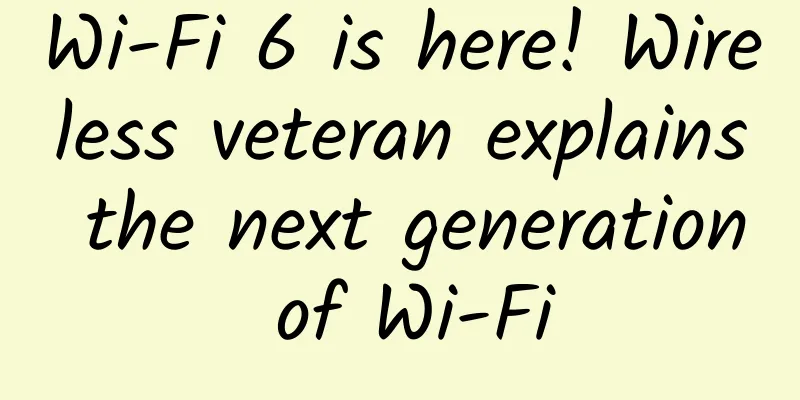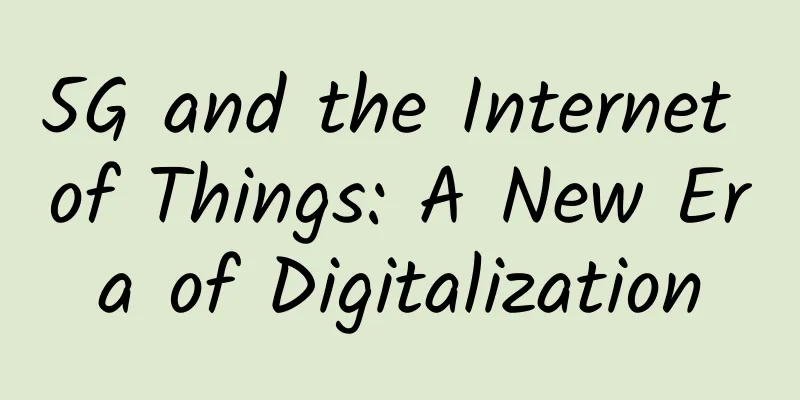Exploration of 5G and edge computing applications in the post-epidemic era

|
AT&T and many other leading wireless network operators are gradually moving into edge computing in hopes that the field will eventually pay off handsomely. As part of their efforts, they are trying to drum up interest among potential customers by offering newer, faster and better services.
AT&T Network Services Chief Technology Officer Andre Fuetsch recently shared an update on how the technology can be used in a post-COVID-19 world. “One of the use cases we’re looking at is looking at how we can use computer vision technology to help the retail industry adapt to this new social distancing norm,” Fuetsch said at the Wells Fargo 5G Forum in June. “How do you operate a retail store and have your employees and your customers follow social distancing guidelines?” Fuetsch explained that computer vision technology can determine whether employees are wiping down counters to prevent the spread of the coronavirus. It can also check whether shoppers are maintaining adequate social distance, he said. The technology can do this consistently across thousands of locations, he said. But making this service affordable and instantaneous requires 5G and edge computing. “To make it responsive, you really need to look at edge-type technologies to be able to do that,” Fuetsch explained. In particular, he noted that edge computing servers can run computer vision services geographically close enough to retail stores to provide low-latency connections, but in a centralized manner to avoid installing expensive servers at every retail location. 5G networks will be able to support tens of thousands of IoT connections, such as cameras, a feat beyond the capabilities of Wi-Fi or 4G, he said. “I think you’re going to see a whole new wave of applications,” Fuetsch predicted, pointing to other edge computing and 5G applications, such as self-driving cars or connected coffee cups that can track consumption or caloric intake. However, these use cases were already widely discussed within the wireless industry before the COVID-19 pandemic. AT&T has already made some initial forays into edge computing, such as a test last year with Israeli startup Vorpal and technology giant Microsoft to track drones near airports. But AT&T isn't the only company testing the parameters of 5G and edge computing. Verizon, for example, has been in discussions with companies like Walmart and Corning about how edge computing and 5G can be used. In addition, operators like AT&T and Verizon play extensive roles in the emerging edge computing space. Other companies investing in edge computing range from cloud computing giants like Amazon and Google to startups like Vapor IO and EdgeMicro. Edge computing proponents argue that the technology could dramatically change how the internet works by spreading computing power from a handful of giant data centers to thousands of smaller edge sites. But the size of the opportunity still depends on backers finding enough paying customers to make building such infrastructure worthwhile. |
>>: Single-pair Ethernet standard means goodbye to batteries
Recommend
VIRPUS: $35/month-E3 1230/16GB/500GB/5TB/Seattle data center
VIRPUS is a long-established foreign VPS hosting ...
Researchers transform 5G networks into IoT power grids
According to foreign media, researchers from the ...
Network charges are more affordable and 5G demand is gradually released
Data released recently on the official website of...
Game changers for the branch office: Wi-Fi 6, 4G, 5G and SD-WAN
Today, the use of cloud computing services contin...
Review of 5G in 2017: The first version of 5G NR standard was frozen, and China's voice was enhanced
2017 is known as the first year of 5G standards. ...
DiyVM: 50 yuan/month KVM-2GB/50GB/5M/Hong Kong CN2 & Japan & US data centers available
In the past 2022, DiyVM has made a series of chan...
MWC 2018: Top 10 5G Releases
Last week's 2018 Mobile World Congress (MWC) ...
The Internet of Things is gradually entering a new era. These will affect our lives in the future.
Today, the rapidly developing IoT devices can rea...
Digital twins, the Internet of Things, and new technologies that can help remote work
In recent years, the traditional offline working ...
Li Jie from CAICT: Analyzing the Development of Computing Networks from the Perspective of “Eastern Data and Western Computing”
Recently, the National Development and Reform Com...
Virtono offers 30% off down payment for all VPS, 27 data centers in Japan/Singapore/Hong Kong/USA/UK etc.
Virtono recently released a 30% discount code for...
NIST aims to make frequency sharing more efficient for wireless networks
Machine learning solutions will help different ra...
There are four major challenges in the development of 5G. The next 2-3 years will be a critical period for the development of 5G.
A total of more than 700,000 5G base stations hav...
IPv6+, a new starting point for the next generation Internet
As of July 2020, the number of users allocated IP...
We cannot allow "free-network tools" to threaten network information security
Recently, the official website of the Ministry of...









